How to Round Amounts of Money
Rounding means making a number simpler but keeping its value close to what it was. With money, we often round to the nearest dollar or to the nearest ten cents.
[include_netrun_products_block from-products="product/6-virginia-sol-grade-3-math-practice-tests/" product-list-class="bundle-products float-left" product-item-class="float-left" product-item-image-container-class="p-0 float-left" product-item-image-container-size="col-2" product-item-image-container-custom-style="" product-item-container-size="" product-item-add-to-cart-class="btn-accent btn-purchase-ajax" product-item-button-custom-url="{url}/?ajax-add-to-cart={id}" product-item-button-custom-url-if-not-salable="{productUrl} product-item-container-class="" product-item-element-order="image,title,purchase,price" product-item-title-size="" product-item-title-wrapper-size="col-10" product-item-title-tag="h3" product-item-title-class="mt-0" product-item-title-wrapper-class="float-left pr-0" product-item-price-size="" product-item-purchase-size="" product-item-purchase-wrapper-size="" product-item-price-wrapper-class="pr-0 float-left" product-item-price-wrapper-size="col-10" product-item-read-more-text="" product-item-add-to-cart-text="" product-item-add-to-cart-custom-attribute="title='Purchase this book with single click'" product-item-thumbnail-size="290-380" show-details="false" show-excerpt="false" paginate="false" lazy-load="true"]
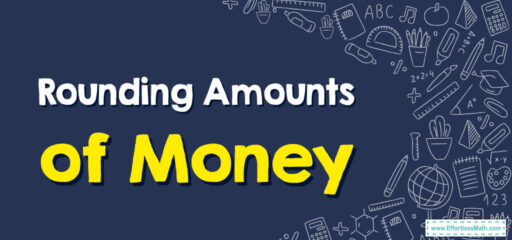
A Step-by-step Guide to Rounding Amounts of Money
Here is a step-by-step guide to rounding amounts of money:
Step 1: Understand the Basics of Money
Money in dollars and cents has a decimal point. For example, $2.75 means 2 dollars and 75 cents. The first digit after the decimal point represents tens of cents (from 10 cents up to 90 cents), and the second digit represents single cents (from 1 to 9 cents).
The Absolute Best Book for 4th Grade Students
Step 2: Identify the Place Value You Are Rounding To
Are you rounding to the nearest dollar, or to the nearest ten cents?
If you’re rounding to the nearest dollar, you’ll be looking at the digit in the tenths place (the first digit after the decimal point).
If you’re rounding to the nearest ten cents, you’ll be looking at the digit in the hundredths place (the second digit after the decimal point).
Step 3: Apply the Rounding Rule
If the digit you’re looking at is 5 or more, you round up, which means you add 1 to the number in the place you’re rounding to.
If the digit is 4 or less, you round down, which means the number in the place you’re rounding to stays the same.
The Best Math Books for Elementary Students
Related to This Article
More math articles
- Decimals on Display: How to Compare with Number Lines
- The Role of Statistics in Analyzing Sports Performance
- The Ultimate MTTC Mathematics (Elementary) (089) Course (+FREE Worksheets & Tests)
- How to Use Derivation of the Law of Cosines
- FREE 7th Grade PSSA Math Practice Test
- 5 Bеѕt саlсulаtоrѕ fоr ѕtаtiѕtiсѕ
- Top 10 Tips to Overcome ACCUPLACER Math Anxiety
- Top Ten Cameras for Classroom Recording
- Discovering the Magic of ASA and AAS Congruence in Triangles
- How to Get a Perfect Score of 36 on ACT Math?

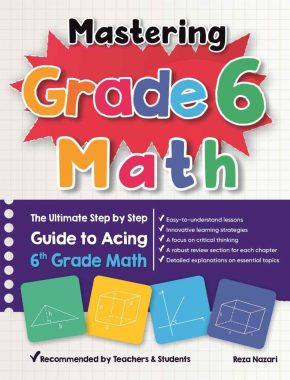
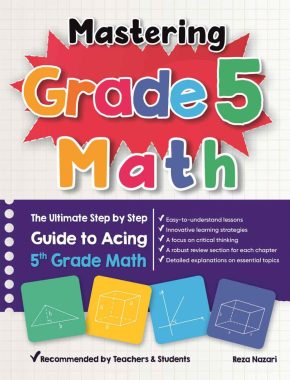
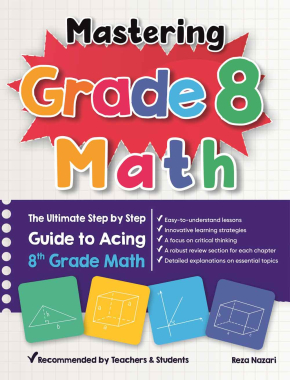
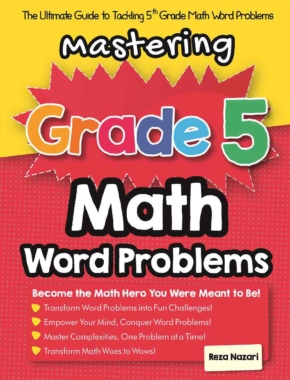



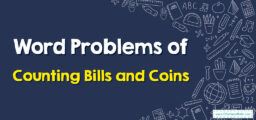
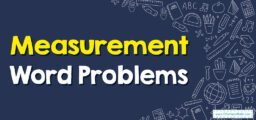

What people say about "How to Round Amounts of Money - Effortless Math: We Help Students Learn to LOVE Mathematics"?
No one replied yet.